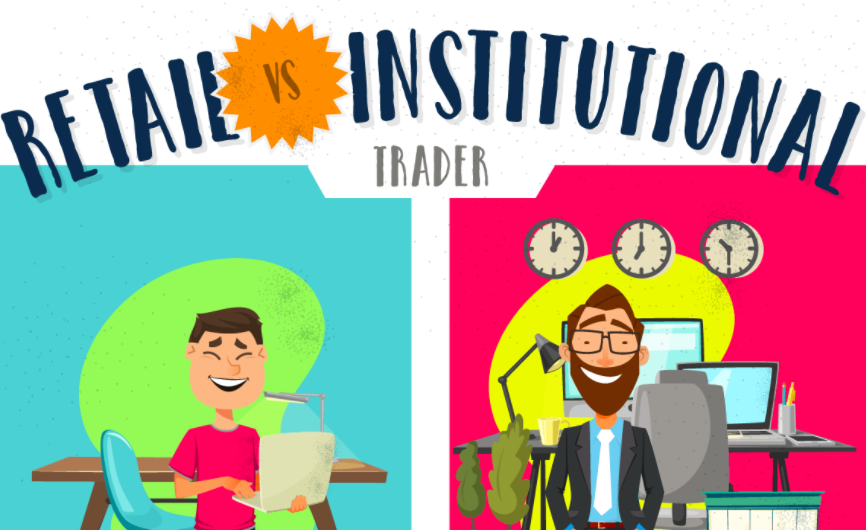The world of trading is divided into two main types of participants: institutional traders and retail traders. This division not only influences how assets are traded but also impacts the dynamics of the financial markets. The focus of this article will be on institutional cryptocurrency trading, which is growing as the crypto market cap increases, and how it compares to retail trading. Understanding these two distinct groups can provide insights into modern financial markets.
What are Institutional Traders?
Institutional traders represent entities such as hedge funds, mutual funds, insurance companies, and pension funds. These traders manage large pools of capital and are responsible for large transactions that can move markets. They have access to sophisticated tools and information, allowing them to make informed decisions that align with the strategic interests of the institutions they represent. Their operations are characterized by large-volume trades, often executed over the counter to minimize market impact and cost.
Advantages of Institutional Traders Over Retail Traders
Institutional traders enjoy several advantages over their retail counterparts, including:
- Access to advanced market data. Institutions often have proprietary research and access to data feeds that are cost-prohibitive for individual traders.
- Economies of scale. Larger trades often result in lower per-unit costs thanks to volume discounts.
- Regulatory advantages. Institutions may participate in markets typically off-limits to retail traders, such as certain derivatives or initial public offerings (IPOs).
- Superior negotiating leverage. The sheer volume of capital they control allows institutional traders to negotiate better terms with brokers and other service providers.
Retail Traders vs. Institutional Traders
Here’s a comparative overview of the key differences between retail and institutional traders:
|
Feature |
Retail Traders |
Institutional Traders |
|
Capital volume |
Smaller investments |
The large capital base for massive transactions |
|
Market impact |
Limited market influence |
Significant influence on market prices |
|
Access to information |
Generally limited to public sources |
Access to comprehensive, proprietary research |
|
Investment opportunities |
Restricted from many high-value investments |
Access to a broader range of sophisticated products |
|
Costs and fees |
Higher costs and fees |
Lower costs due to large-scale operations |
|
Technological resources |
Limited access to advanced trading systems |
State-of-the-art trading platforms and tools |
The landscape of trading is markedly shaped by the activities of retail traders and institutional traders. Each group brings unique characteristics and influences to the financial markets. Institutional traders, with their significant resources and access, play a central role in the liquidity and stability of the markets. Meanwhile, retail traders add diversity, ensuring a broad participation base. The interplay between these basic types of traders is a critical element of market dynamics.
